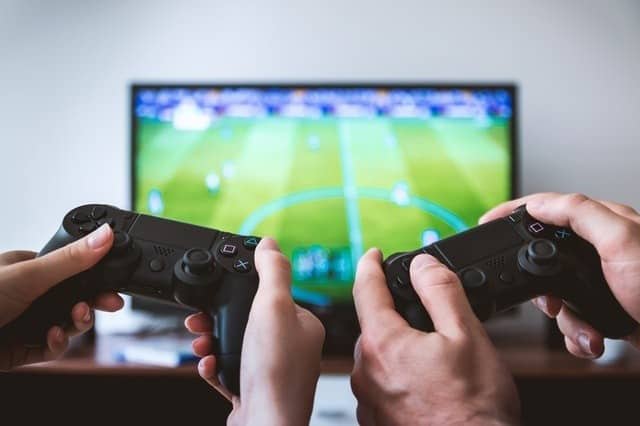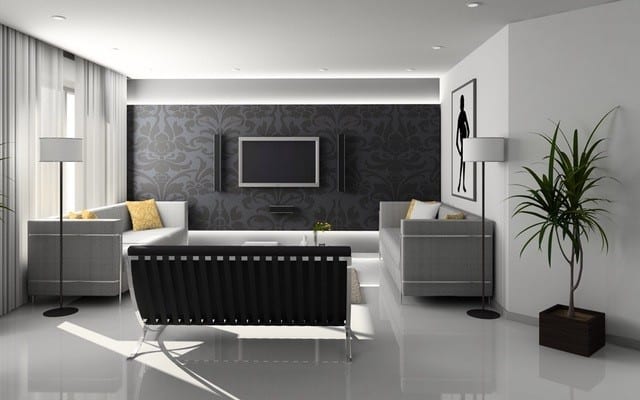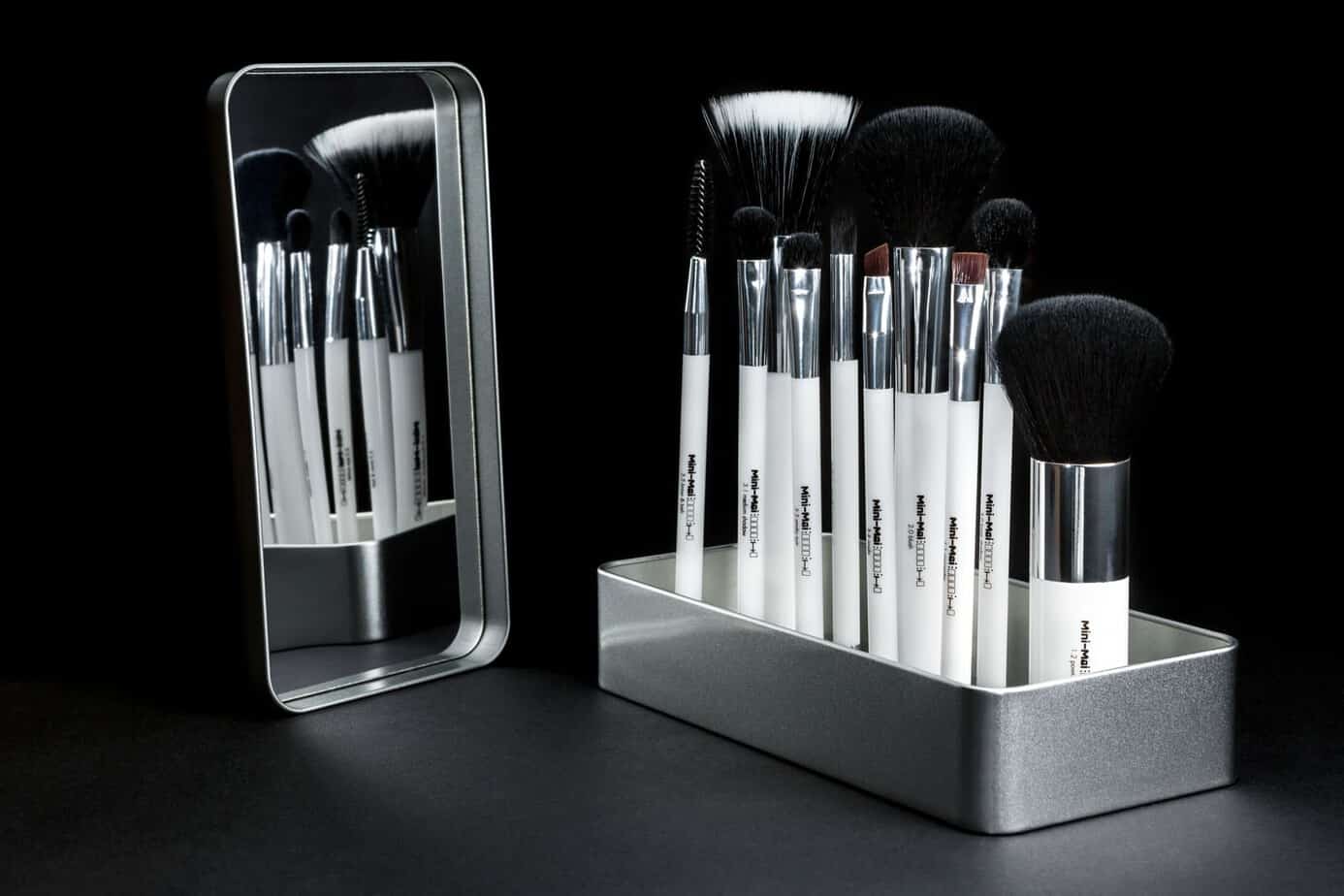Semi-automated smart homes were merely science fiction a few years ago. Now, with advances in fingerprint scanners, internet-connected lights, and big-data enabled thermostats, smart homes are quickly becoming the norm.
It’s easy to see the appeal of a futuristic house with all these nifty features. If there’s one promise technology has lived up to over the years, it’s the promise of utter convenience. You can order groceries by talking to your fridge or switch all the lights off with a single click. However, convenience comes at a price.
Relentless growth in smart home technology and the internet of things (IoT) has left the infrastructure riddled with security gaps. Here are some of the top security concerns for smart homes and what you can do to patch them before it’s too late:
Hacked Lights
Hacking the lighting system within a house isn’t really dangerous, but it is a genuine concern. Hackers have the ability to infiltrate the home lighting platform and play mean-spirited pranks, or spike up your electricity bills. Pick a well-known technology brand for your smart lighting and make sure the platform is secure.
Communication systems
Speakers and cameras are built into the unlikeliest of devices. A sophisticated attacker can log onto your desktop camcorder or use your speaker to eavesdrop on conversations. Some hackers can leave passive bugs on your system that listen for clues to passwords or other valuable information. Make sure your smart home devices are encrypted.
Security Systems
Vulnerabilities in the home security system are probably one of the biggest concerns. Most security systems and surveillance cameras connect to the internet for better storage and accessibility. However, internet-connectivity also leaves these systems vulnerable to attacks. To bolster home security, get all your home alarm and safety devices from a regulated provider and verify their credentials with local authorities to make sure they meet the highest standards in the industry.
Smart TVs

Documents leaked on WikiLeaks last year made it clear the government had the ability to spy on people through the microphones built into smart TVs. What these documents and the news reports forget to mention was the fact that attackers can use similar tools to gain access into your private life. The camera and microphone in the TV can be hacked to record everything that goes on at home. Try to keep your software updated and block out all the webcams on your TVs and laptops when you use don’t use them.
Thermostats
At a recent Black Hat event, one speaker demonstrated how easy it was to hack into Google’s Nest thermostat. Daniel Buentello could gain access and control a newly installed Nest thermostat in less than 15 seconds. A vulnerable thermostat might not seem like a big concern, but consider the fact that an attacker can read all the data and deduce who’s at home and when they’re in the room. Thermostats have already been exploited to unlock smart locks, spy on children, and harass ex-spouses.
Convenience and bleeding edge technology come at the cost of safety. There’s no doubt smart homes are a wave of the future, but perhaps it’s time to step back and access what’s at stake if these devices are vulnerable. If you’re looking to upgrade your house, look for smart devices and alarm systems that meet industry regulations and international safety standards.





